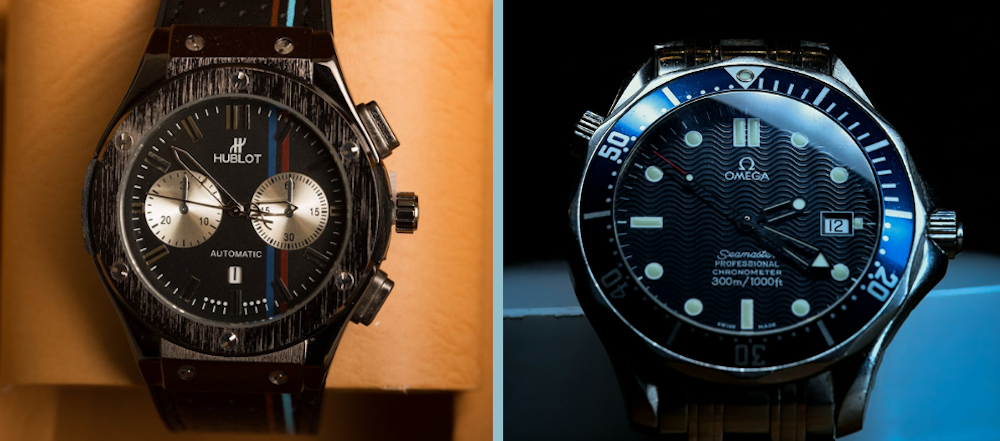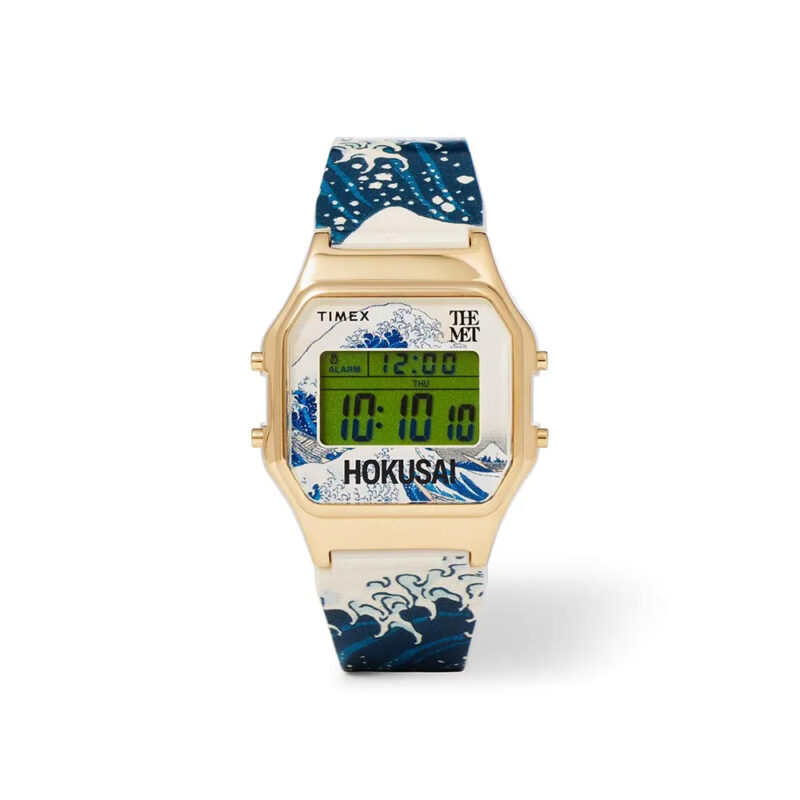
In the case of luxury watchmaking, few rivalries capture the imagination of watch enthusiasts quite like the ongoing battle between Hublot and Omega. These two Swiss watchmaking giants have become synonymous with the high-end timekeeping industry. Each possesses its own dedicated fan base and represents different contrasting philosophies when it comes to the definition of luxury timekeeping.
Hublot: The Avant-Garde Innovator
Hublot’s story started in 1980 when the visionary Carlo Crocco manifested the brand’s cutting-edge “Art of Fusion” principle. This revolutionary concept combined traditional watchmaking craftsmanship with modern materials and introduced a new era of avant-garde timepiece design.
The brand’s boldness in rubber, ceramic, and precious metals has acquired the status of its mark. Hublot’s Big Bang line, launched in 2005, is a perfect representation of this bold combination of materials. The brand’s eye-catching, chunky cases and sophisticated skeletonized dials have become synonymous with its aesthetic. It attracts people who want to be at the frontline in terms of technology and design.
The Classic Fusion line is also amazing, as it blends Hubolt’s signature look with a more sophisticated appearance. The brand demonstrates its expertise in intricate complications. For instance, perpetual calendars and tourbillons are great examples, as well as staying true to its revolutionary spirit. The Big Bang and Classic Fusion lines are compatible with luxury rubber straps for Hublot that bring comfort and durability with a distinctive look. Hublot also boasts straps of exotic materials such as crocodile leather and even denim which further demonstrates its “Art of Fusion” concept.
What is at the core of Hublot’s success is its unquestionable devotion to exploring the limits of watchmaking technology. The brand’s constant hunt for innovation has brought about the creation of cutting-edge materials such as Magic Gold, an exclusive scratch-resistant alloy, and the masterpiece of micro-engineering, the revolutionary MP-09 Tourbillon Bi-Cylindrique.
Omega: The Timeless Classic
While Hublot is committed to the avant-garde, Omega’s charm lies in its long history and classic beauty. Established in 1848, this reputable brand has become a synonym for horology, known for its unwavering commitment to precision timekeeping and timeless designs that have withstood the test of time.
Omega’s memorable movements, including the Co-Axial escapement and the Master Chronometer certification, have established unprecedented levels of precision and reliability. These technical marvels are the pride of some of the most recognizable timepiece collections in the world. These are the Seamaster, the Speedmaster (famously worn on the moon), and the Constellation models.
The Speedmaster, in particular, has a special place in the watchmaking legends. The connection with NASA’s space program and its role in the Apollo missions, which were quite historic, have made it a horological icon. The iconic Moonwatch model, with its unique tachymeter bezel and manually winding chronograph movement, continues to be a top-shelf piece among collectors today.
Omega’s long-lasting cooperation with the James Bond franchise only adds to its association with eternal style and adventure. From the legendary Seamaster worn by Pierce Brosnan to the current Diver 300M co-axial models that are on Daniel Craig’s wrist, Omega is now the synonym for the suave and sophisticated 007 persona.
The Ongoing Horological Rivalry
While Hublot and Omega are the two brands that are at opposite ends of the watchmaking spectrum, their continuing rivalry has captured the watchmaking world. Hublot’s bold spirit and unusual materials resonate with people who look for the latest design and who dare to make a powerful statement on their wrist. Conversely, Omega’s classic elegance and rich heritage appeal to collectors who appreciate timeless sophistication and reliability that have been proven through time.
However, both Swiss luxury brands have the same devotion to exquisite craftsmanship and a keen eye for detail. Every piece, either a flashy Hublot mix or a classic Omega, tells a story about the skills and talent of Swiss watchmaking.
While prices and exclusivity may vary, Hublot charges a higher premium for its limited-edition and customized models. Both brands are positioned in the higher segments of the luxury watch market. Collectors and enthusiasts are in a heated discussion, weighing the different values that each brand brings to the table and their unique philosophies.
The Final Word
The battle between Hublot vs Omega is an illustration of the eternal appeal and the range of watchmaking made in Switzerland. These two giants have created a separate image for them, one appealing to those with different tastes and preferences.
Hublot has redefined luxury watchmaking standards with its groundbreaking materials and forward-thinking design philosophy. It has been appreciated by people who are looking for daring statements and the latest developments. While Omega has been the brand of choice for those who seek timeless elegance. It has relied heavily on its rich heritage and the quality of the watches it produces.
In the end, the decision between Hublot and Omega is purely an individual one and is defined by your taste and style. The only thing that remains uncontested is the ongoing legacy and prestige of both brands, each playing a part in Swiss high horology’s evolution.
As these horological heavyweights continue to push the boundaries of watchmaking excellence, one thing is certain: the struggle for horological supremacy will remain as intriguing as ever, gripping the attention of watch aficionados for decades to come.







